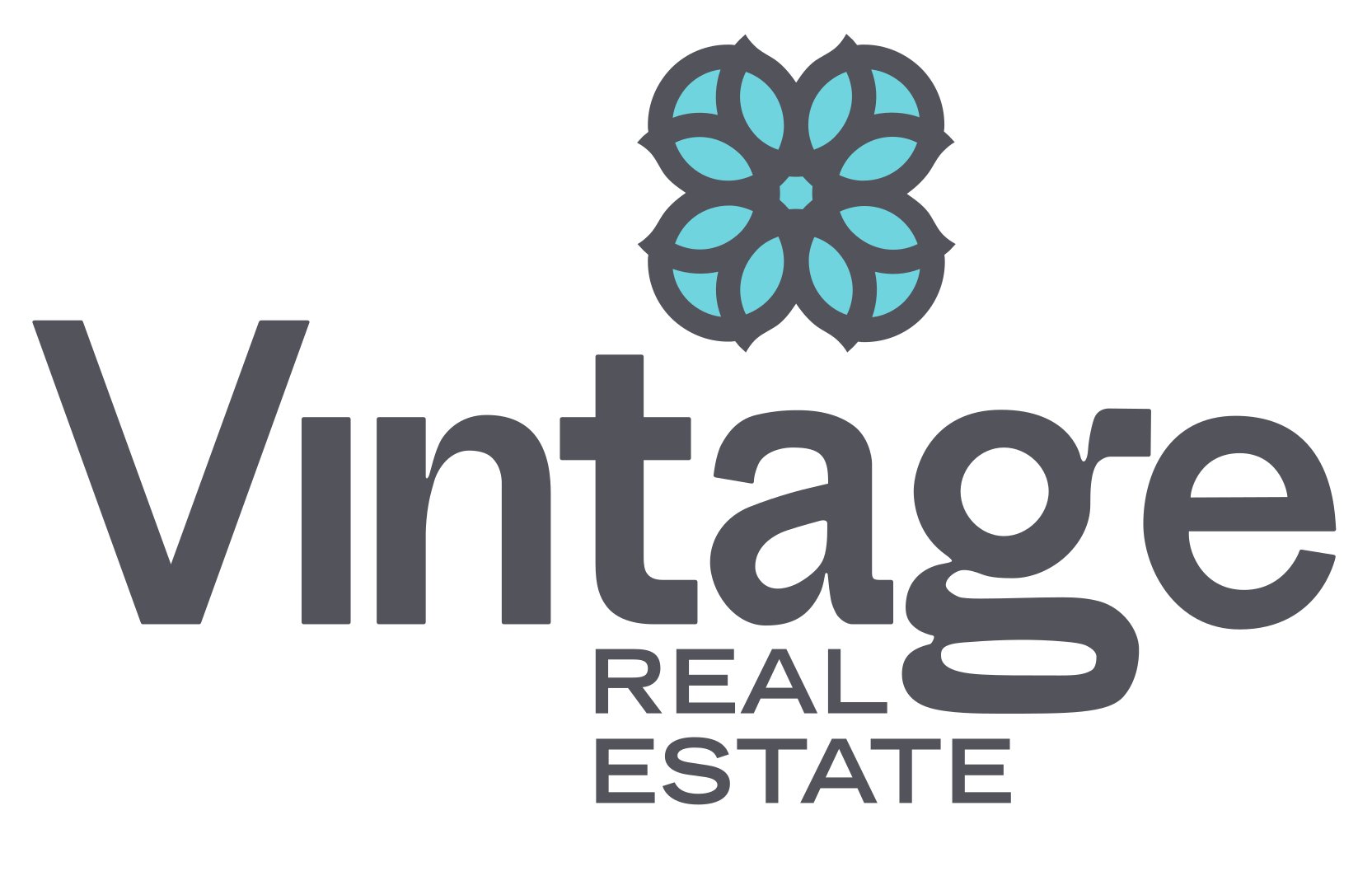Recognizing a Victorian home
You’ll know it’s a Victorian if it has different varying roof projections and shapes, and combines exterior finishes such as stone or brick on one story, and clapboard, stucco or shingles on another. A porch, with lots of decorative wood trim, is also a standard Victorian home treatment.
 Restoring the Victorian home.
Restoring the Victorian home.
To retain and add value to this home style, you’ll want to add or carefully restore these classic Victorian selling points:
Exterior wood trim around porch ceilings and at the peak of the roof.
Exterior clapboards or shingles.Decorative supports on porches.
The individual supports on stair and porch railings, known as spindles.
Dormers with wide overhangs.
Stained glass windows.
Wallpapered walls.
Picture molding beneath the ceiling.
Tiled or intricate chimneys and Decorative finials on stair and porch railings.
In many Victorian homes, the original woodwork has been painted over through time. The wood is traditionally rosewood, mahogany, maple or oak, so it is often a good return-for-the-money to strip the paint off of those interior doors, door frames, window frames, wainscoting and moldings and return each to a clear, high-gloss finish.
Picking your colors
Color’s first entry into homes was during the Victorian era. Ceilings were white, but walls and exterior trim were most often pea-green or olive, lavender, blue (Prussian blue is a favorite; it’s a deep, rich dark blue very close to navy), muddy colors known as drabs, or stone colors. A typical color combination would be maroon walls, dark green trim, deep reddish orange window sashes, olive brown blinds and shutters: “Every house should have two or more tints; the cornice and verandas should be a contrasting shade with the body of the house, while the shutters, etc., should have a darker tint than either,” wrote Almon Varney in his 1885 “Our Homes and Their Adornments.”
When showing a Victorian home, decorate with fresh flowers in every room and lots of lit candles. These are Victorian standbys.
Decorating your Victorian home
In place of the standard living room you’ll find a parlor (also called sitting room or drawing room). To best play up the selling-features of a parlor, you’ll want furniture that looks like a purchased “suite” typical of that period: matching upholstered sofa, armchair, armless chair, and four smaller chairs with upholstered seats and backs. This should also be there area for seating areas devoted to favorite Victorian pastimes:
Meeting guests and entertaining through conversation (group furniture close together to mimic cozy conversation areas); playing games (a café table and chairs are perfect); singing and playing music (this is the spot for a player piano or vintage victrolla); writing letters (bring in a writing desk); and reading (best bets are a round side table with an upholstered wingback chair and footstool, or a chaise lounge)


